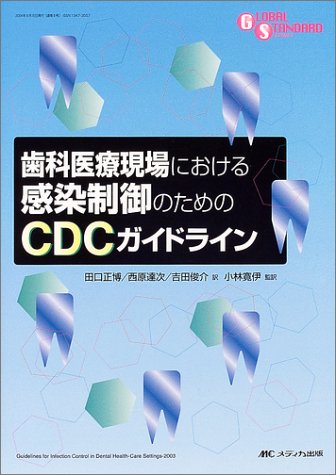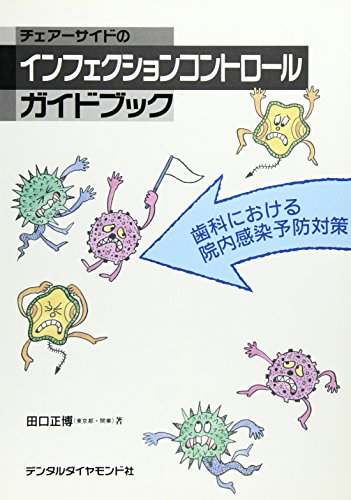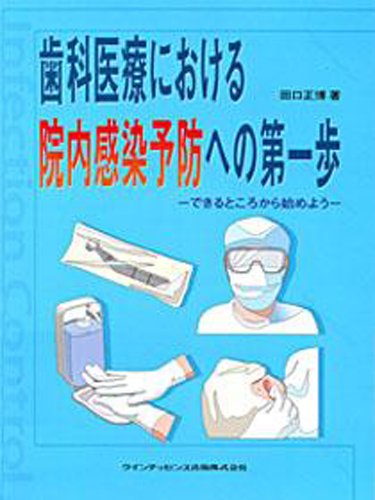2 0 0 0 OA 擦式手指消毒による各種手袋への影響試験
- 著者
- 田口 正博
- 出版者
- 一般社団法人 日本歯内療法学会
- 雑誌
- 日本歯内療法学会雑誌 (ISSN:13478672)
- 巻号頁・発行日
- vol.34, no.3, pp.135-139, 2013 (Released:2017-10-31)
- 参考文献数
- 14
Abstract : In daily dental practice, hand hygiene is performed before putting on gloves to carry out medical treatment. However, if the glove is in contact with an unsanitized area and when there is not sufficient time to change the gloves, an alternative disinfection procedure involving antiseptic hand rub (AHR) or washing under running water while wearing the gloves may be unavoidable. This study examined the risks of this disinfection procedure, to check whether or not the gloves might be perforated. Three types of gloves were used in the tests : two latex gloves (powdered and unpowdered) and unpowdered nitrile gloves. As a hand disinfectant, an ethanol-based formulation containing 0.2% benzalkonium chloride was used. The procedure employed for the three different types of gloves was : 1) to conduct AHR or 1-minute hand washing under running water after wearing gloves, and 2) to repeat a “rock-scissors-paper” movement five times as a medical simulation. The gloves were then examined for perforations using the water-proof test according to Japanese Industrial Standards (JIS), by repeating the procedure once, then five times, and finally ten times. As a result, there were no significant differences among the three types of gloves in the occurrence of perforation by the hand hygiene methods described above, or by the number of times that hand hygiene was conducted (Fisher’s exact test : p>0.05). The potential occurrence of perforations of gloves is low even when washing the hands with water or AHR while wearing the gloves.
1 0 0 0 歯科医療現場における感染制御のためのCDCガイドライン
- 著者
- 〔アメリカ合衆国国立疾病対策センター編〕 : 田口正博訳 : 西原達次訳 : 吉田俊介訳 : 小林寛伊監訳
- 出版者
- メディカ出版
- 巻号頁・発行日
- 2004
- 著者
- 田口正博著
- 出版者
- デンタルダイヤモンド社
- 巻号頁・発行日
- 1999
- 著者
- 田口正博著
- 出版者
- クインテッセンス出版
- 巻号頁・発行日
- 2005




